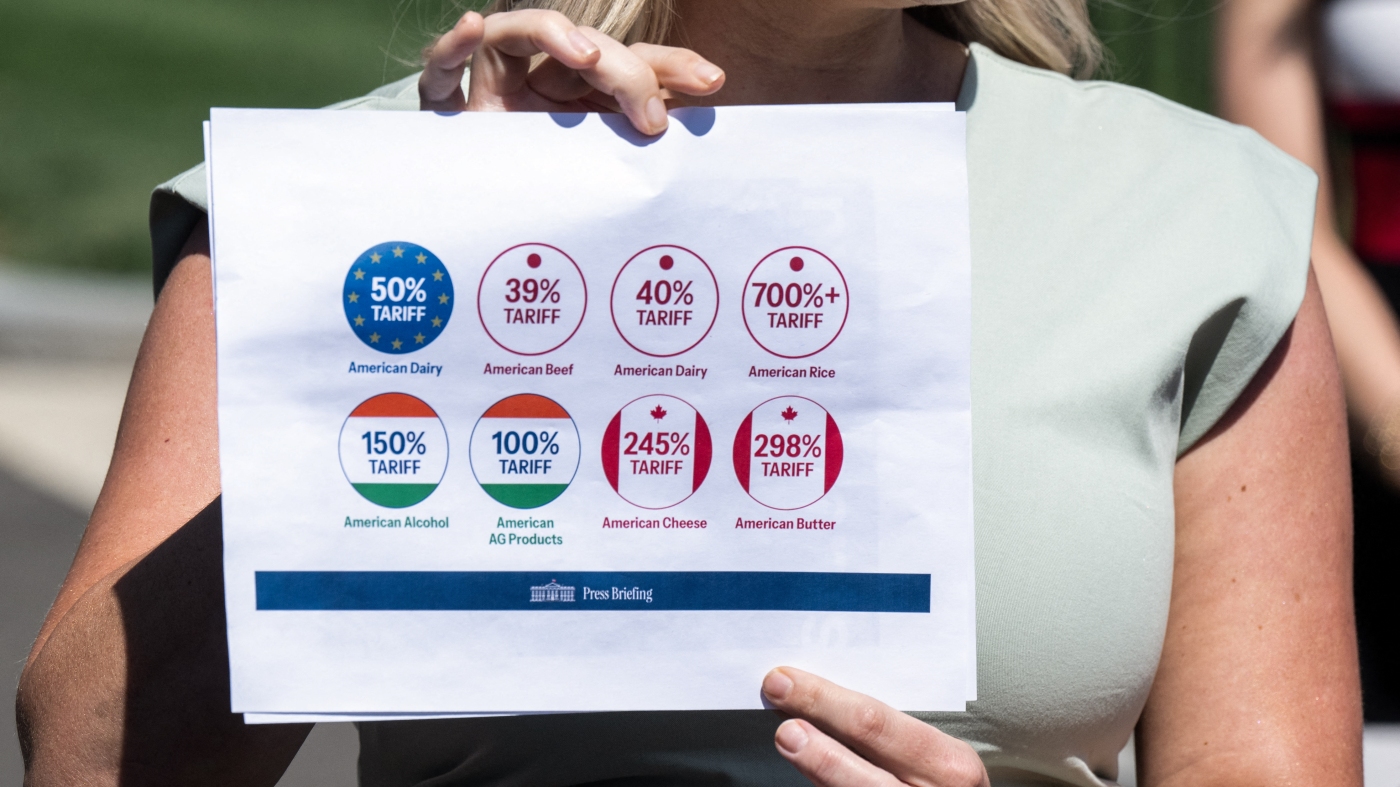In a significant trade policy announcement, President Trump is preparing to introduce “reciprocal tariffs” on imported goods. This move aims to penalize countries with significant trade barriers against the United States, as Trump seeks to balance trade dynamics and bolster domestic economic growth.
Unveiling of “Reciprocal Tariffs”
President Trump will unveil these tariffs on Wednesday, branding the initiative as “Liberation Day.” It is intended to generate foreign tariff revenues, which will be used for U.S. tax cuts and deficit reduction, and to rejuvenate American manufacturing. However, there are concerns about potential repercussions for U.S. consumers and exporters.
Higher consumer prices and retaliatory measures against U.S. farmers and exporters are anticipated. Moreover, U.S. manufacturers might face increased costs for imported raw materials. Economists remain skeptical about the projected revenue from these tariffs, suggesting it may not meet Trump’s expectations.
Economic Impact and Projections
The Yale Budget Lab has estimated that this policy could cost the average American consumer between $2,700 and $3,400 annually. The uncertainty surrounding the tariffs has already affected the economy, with the S&P 500 closing its worst quarter since 2022 and consumer confidence reaching a 12-year low.
Despite this, Trump has indicated that the tariffs will be lower than the existing ones imposed by other countries. “They took advantage of us,” Trump stated, highlighting the intended fairness of the new tariffs compared to those other nations have levied on U.S. goods.
Details and Uncertainties
The specifics of the countries and products affected by these tariffs remain vague. However, the administration’s approach has been marked by unpredictability, as seen with previous tariffs on steel, aluminum, and goods from China, Mexico, and Canada.
A memo from February started this process, urging a study of non-reciprocal trade relationships. Commerce Secretary Howard Lutnick mentioned that these studies would conclude by April 1, giving the president the option to implement tariffs starting April 2.
White House press secretary Karoline Leavitt indicated that the tariffs might be enacted “immediately,” although the timing remains flexible. The administration has not specified which countries will be first to face these tariffs, but a chart displayed by Leavitt suggested countries like Japan, Mexico, Canada, and the EU might be targeted due to their tariffs on U.S. goods.
Approach and Strategy
While Trump has softened his rhetoric, stating he might be “more lenient than reciprocal,” the core strategy remains a broad-brush approach to addressing perceived unfair trade practices. Experts like Doug Irwin from Dartmouth College and John Veroneau, a former U.S. Trade Representative, advocate for a more targeted approach to tariffs, emphasizing the complexity of trade relationships.
Veroneau points out the need for a clear objective behind the tariffs, as Trump’s broad application might exceed the number of specific trade barriers U.S. exporters face. This raises questions about the overall goal of the tariffs and their effectiveness in resolving diverse trade issues.






